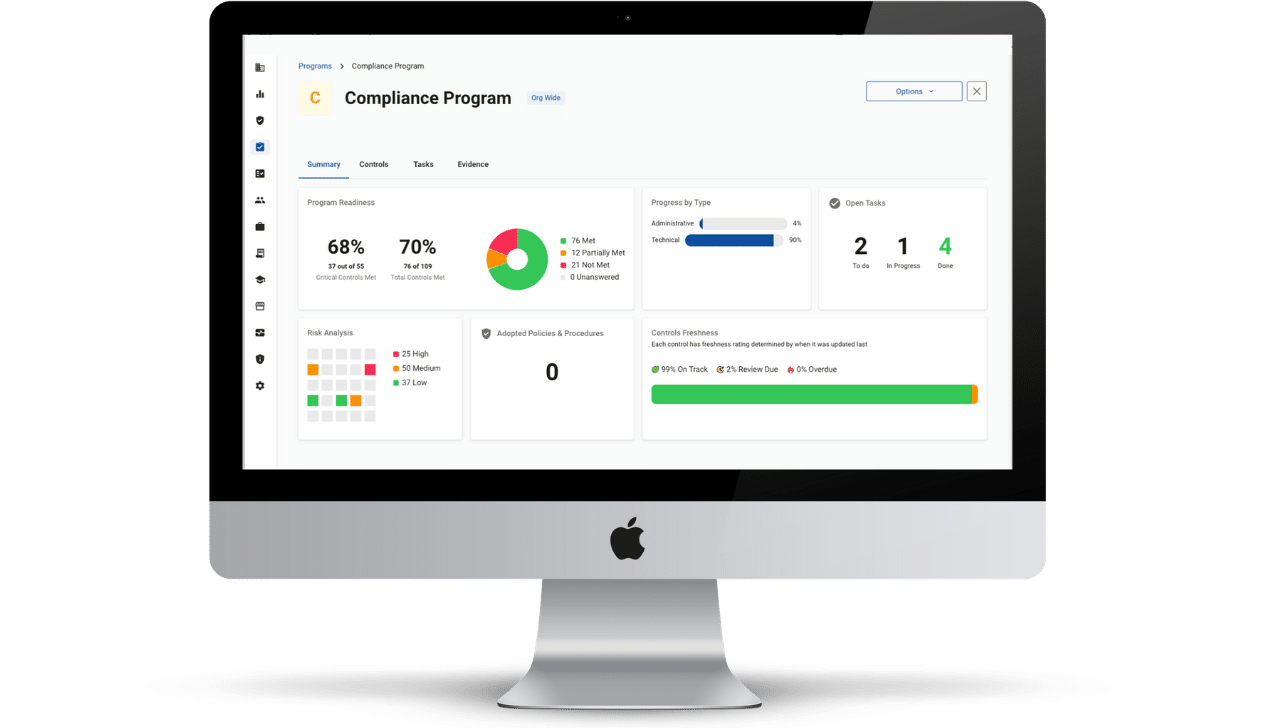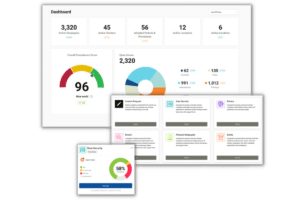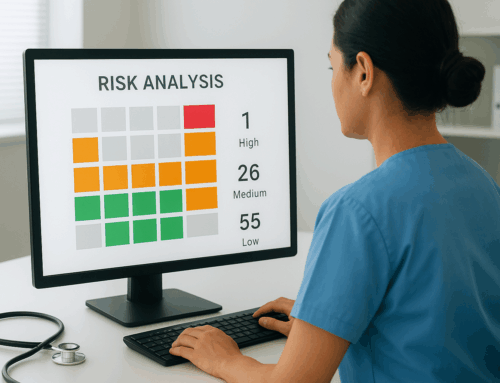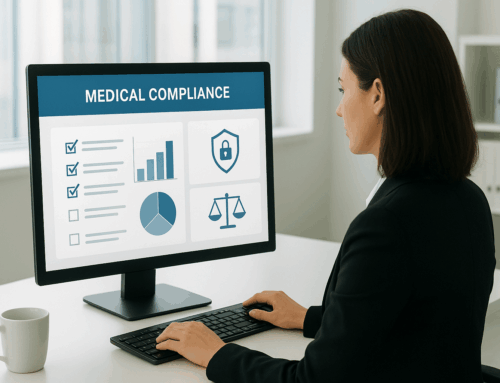Achieving HIPAA compliance is enough for some covered entities and business associates, but others need to meet additional standards to meet the security needs of the marketplace. The good news is that HIPAA compliance is an excellent foundation upon which to begin SOC 2 HIPAA mapping.
SOC 2 HIPAA Mapping – Key Differences
Before looking at where SOC 2 and HIPAA overlap, we need to define the differences clearly.
- HIPAA (Health Insurance Portability and Accountability Act) is a federal law enacted in 1996 that defines the lawful use and disclosure of patients’ protected health information (PHI). It requires appropriate security standards, access controls, vetting of business associates who take possession of PHI, and notification of PHI data breaches to affected parties. Individuals and organizations that violate HIPAA regulations are subject to civil and criminal penalties, including fines and prison.
- SOC 2 is one of five voluntary Standards of Controls (SOC) established by the Association of International Certified Professional Accountants to provide third-party evaluations of an organization’s internal controls in the areas of financial, trust services, cybersecurity, or supply chain. While SOC 2 and SOC 3 both focus on Trust Services Criteria (security, availability, processing integrity, confidentiality, or privacy), SOC 3 is a General Use Report, while the purpose of SOC 2 is specifically to support the users’ evaluations of their own systems of internal control.
While SOC 2 compliance is voluntary, the report provides valuable insights into an organization’s risk and security posture, vendor management, internal controls governance, and regulatory oversight. Furthermore, many organizations require that their vendors or business associates achieve SOC 2 compliance to demonstrate a comprehensive understanding of IT security standards to determine risks to client data when considering outsourcing business operations and services.
SOC 2 HIPAA Mapping – How HIPAA and SOC 2 Work Together
Because security and privacy are critical elements of both HIPAA and SOC 2, organizations can use an existing HIPAA compliance program as the foundation to achieve SOC 2 compliance through process mapping and crosswalk analysis.
SOC 2 process mapping focuses on the work required to achieve compliance by using flowcharts to illustrate the flow of a process from the broadest perspective to the level of detail necessary to achieve the goal.
Addressing the details is achieved by creating a SOC 2 HIPAA crosswalk analysis. This tool allows you to connect multiple similar or disparate objects, such as standards and data.
This process helps you see how effective standards and controls that comply with the HIPAA Privacy Rule and the HIPAA Security Rule requirements to protect PHI data support SOC 2 compliance efforts. It also can help you find ways to strengthen your HIPAA compliance strategy.
SOC 2 HIPAA Mapping – Where to Start
While SOC 2 compliance is a valuable asset, it’s optional for many healthcare businesses. On the other hand, HIPAA’s status as a federal law elevates it to a must-have level. Fortunately, it’s also a less involved first step to achieve.
Compliancy Group offers healthcare compliance solutions for organizations that need to achieve HIPAA compliance. Our web-based system guides you through meeting the privacy and security standards of the law and includes HIPAA training, attestations, and breach notification and response. If you need help taking the first steps toward your HIPAA or SOC 2 compliance goals, we are here to help.











